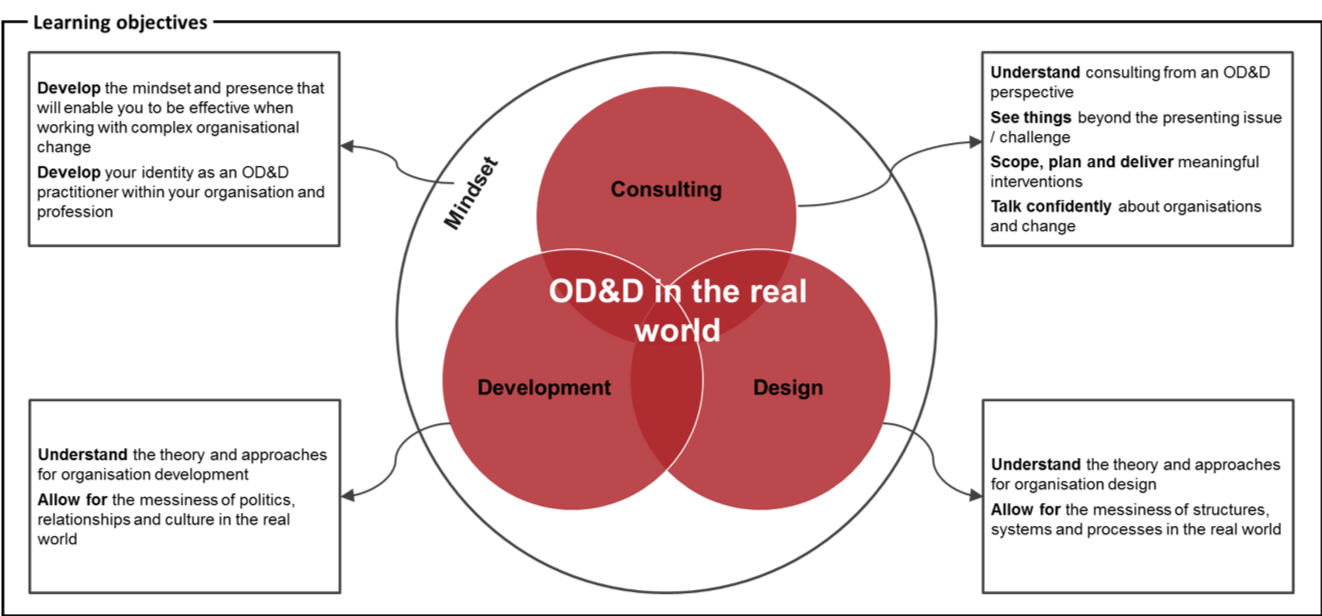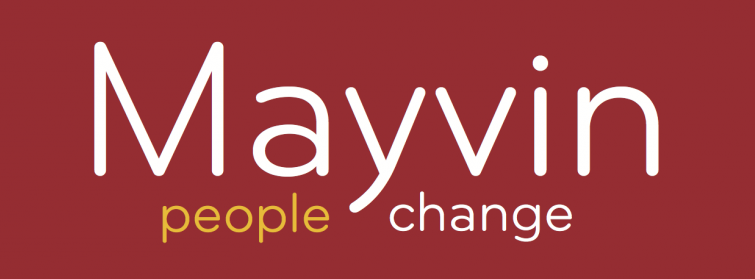The Civil Service’s Organisation Development and Design Capability model, created together by Mayvin and the UK Civil Service, offers a way for internal Organisation Development and Organisation Design practitioners to integrate their practice seamlessly in order to be fully effective.
In this free resource, Mayvin Director Martin Saville explores how to navigate the similarities and the differences between the fields of practice.
Historically, Organisation Development (ODV) and Organisation Design (ODS) have been regarded as different fields of practice. At least by their respective practitioners. Although both fields are interested in organisational health and effectiveness, it is easy to see why. The fields start from different places; they have different tools and methodologies; different heroes and gurus. And they are interested in different things. ODV tends to bring a behavioural science focus to its work; looking at the informal system of people, culture and relationships. ODS brings more of a design thinking approach, attending to the work that is done, structures, linkages, governance and processes.
Sometimes it can get tribal. I have heard ODV practitioners claim their work has primacy, while ‘ODS just deals with systems structures’. (I might own up to having made such a claim myself, once upon a time.) I’ve also heard ODS practitioners claim they are the ones doing the important work, with ODV ‘just being about the people stuff’.
We have noticed an increasing interest from practitioners on both sides of the divide in what is happening over on the other side. There has been a growing realisation among those of us who are involved in capability building and education that internal ODV and ODS practitioners need to find a way to integrate their practice seamlessly if they are to be fully effective. This will come as no surprise to anyone who has been asked to help a top team think about a new operating model and who on asking a question about strategic priorities has found themselves in a morass of tricky group dynamics. ODV and ODS make sense as distinct concepts, but they are hard to keep separate in practice.
With this in mind, the OD specialist partnering service within government became the OD & D specialist partnering service and in 2018 Mayvin was commissioned to work with them to create an integrated programme of Organisation Development and Organisation Design Capability Building. The model we came up with together to underpin this work appears below.

As can be seen, the model places the integrated practice of OD & D inside a particular ‘People Change’ mindset. This can be characterised by ideas such as:
- Use of Self as an Instrument
- Attention to underlying human dynamics and what is going on below the surface
- An inquiring and curious mindset
- Valuing soft data as well as hard; intuition as well as logical deduction
- Noticing and attending to our biases as practitioners
- A theory of change that embraces ideas from chaos and complexity
- A sense that change happens through conversations and relationships as well as through new systems and structures
- Heart as well as head
The Civil Service’s Organisation Development and Design Capability Model recognises that there are distinct disciplines, tools and know-how that belong to the separate fields of ODV and ODS, and acknowledges that these may overlap in places. The model recognises that both disciplines draw heavily on ideas and practices from the world of (internal and external) consultancy and that there are overlaps here too. It is an attempt to work with both the similarities and the differences between the fields of practice and has informed the design and approach of our work in the Civil Service. The model has also been useful in enabling us to create an Organisation Design capability programme for change consultants who have previously received training in ODV because it offers something that lives in the same world view.
We recognise that this does not reflect the practice (or opinions) of all ODV and ODS people; we’re certainly not offering this an any kind of final answer on the subject. But we are finding that the Civil Service's Organisation Development and Design model works well with our clients in government and in the private and third sectors, and we find ourselves increasingly wanting to take a stand for integrated practice.
We'd love to hear your thoughts. You can contact us here, on X and LinkedIn.

